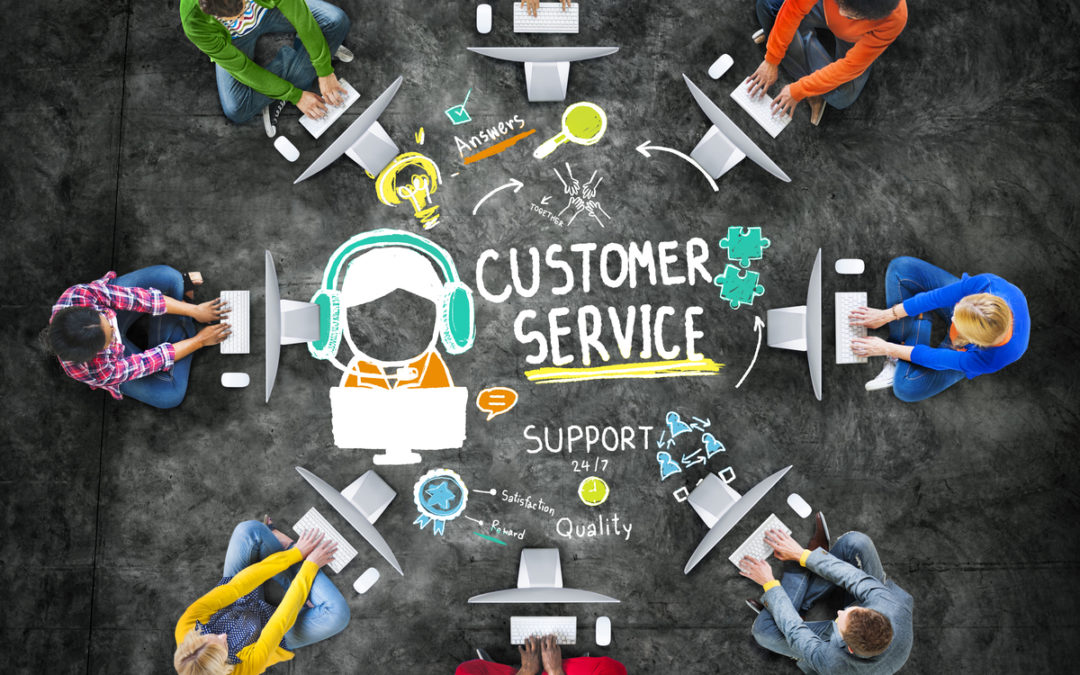“If you can’t measure it, you can’t improve it.” ~Peter Drucker
Metrics are big, and they are here to stay. What are metrics, you may be asking? A metric is a standard for measuring or evaluating something or someone.
Metrics are very big in professional sports where a team can measure and analyze a player’s skills to see how well they fit into a team’s goals. Does a baseball player hit better against right handed or left handed pitching? Does he perform better during a day game or a night game? There are hundreds of metrics a team can use to put the best lineup on the field.
The same holds true for your business. Metrics can tell you how well your sales team is doing and can break down little details that can improve revenue and profits.
The same also holds true for your customer service team. How long are they spending with each customer? Are they resolving problems and complaints during the first contact? How much is it costing to improve products and services? The list goes on and on, and the answers can sometimes be dramatic.
How do you decide which areas you want to measure? That is the key question.
Many of you know I come from the Hospitality, Travel and Cruise industry, where we measure guest satisfaction in many ways. “How was your overall cruise?” is a great place to start, and then it is broken down into individual areas. “Was your stateroom clean when you first walked in?”, “how was the food in the dining room?”, “if you had a problem, were we able to fix it right away?”, “did you enjoy the entertainment and activities?”, and the list goes on.
The questions you ask will obviously pertain to aspects of your business.
Asking the right questions helps you to:
- Improve employee performance
- Collect product feedback
- Reveal problems you may not know about
- Make sure you are meeting customer expectations
- Keep the right people focused on the result
The big question everyone is asking these days is “On a scale of 1 to 10, how likely are you to recommend our company to your family and friends?” This is called the Net Promoter Score (NPS) and is crucial to the overall long-term success of the company. If you get a score of 1-6, those are the “Detractors”, 7 & 8 are “Passives” and 9 & 10 are “Promoters”.

Subtract the Detractors from the Promoters and hopefully, you have a positive score. A company is in trouble if they are consistently getting negative scores.
How do you find out this information? Ask!
In years past, the cruise industry had paper surveys on the ship that were handed out on the last day of the cruise. They were filled out and collected onboard and then analyzed and studied for feedback and information that could help improve the service.
Now, most cruise lines have gone to a digital survey, which is emailed to the customer after the cruise is over. They have one week to fill it out, and after that, the survey is deactivated. We are then able to see real-time scores and comments right on our computers.
You can also get feedback by monitoring social media platforms as well as having personal conversations. The most important part is to analyze the feedback to see where improvements can be made. Unfortunately, some companies collect the feedback and then do nothing with it.
While metrics can be used to monitor individual transactions, they should definitely be used to measure long-term customer value and loyalty. You should be able to see trends developing if you use the feedback on a weekly, monthly and yearly basis. Are the improvements you are implementing paying off? Your metrics should be able to answer that.
Remember…companies are no longer being judged on price alone, they are being judged on service and the overall experience. Keeping good metrics will help you achieve your long-term goals.
Getting the information you need, and then doing nothing about it is a sure fire way to an early retirement. The key is to keep your customers coming back long after that first transaction, as well as having them sing your praises to friends and family.
According to Bain & Company, a 5% increase in customer retention can increase profits anywhere from 25% to 95%. Lifetime value and long-term loyalty should be what you are looking for, and that is the power behind using metrics.
Photos courtesy of Shutterstock.com









